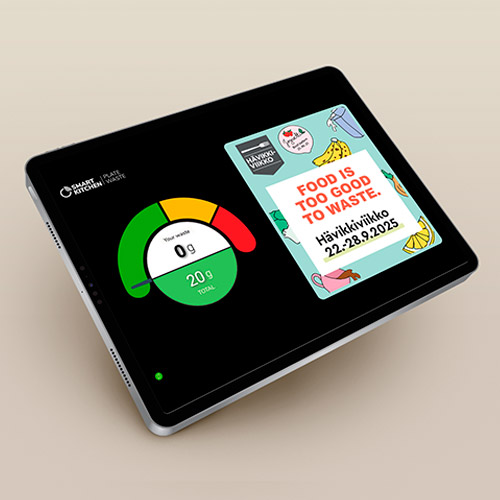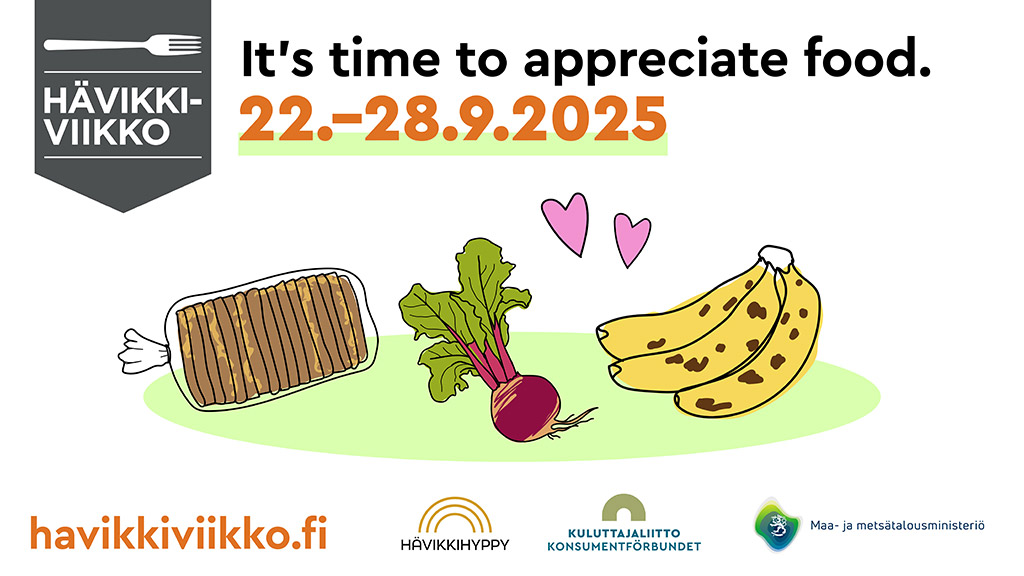The global food service industry faces a staggering challenge: up to 30% of all food prepared never makes it to someone’s stomach. With 828 million people facing hunger worldwide, this waste isn’t just an environmental crisis – it’s a moral imperative we can no longer ignore.
Every day, restaurants, cafeterias, hospitals, and schools across the globe throw away millions of tonnes of perfectly edible food. The European Union reports that food service accounts for 12% of total food waste, valued at €143 billion per year. In Asia-Pacific regions, the scale is equally concerning, with countries like Japan and South Korea implementing national strategies to address mounting food service waste. Nordic countries have emerged as leaders in waste reduction achieving remarkable results through systematic measurement and awareness campaigns.
This waste occurs at three critical points throughout the service chain. The largest portion happens during serving, when prepared food sits too long on warming trays or buffet lines and must be discarded for safety reasons. The second major source comes from customer plates – food ordered but left uneaten. Finally, preparation waste accumulates during cooking processes, from over-ordering ingredients to mishaps in the kitchen.
%
Serving waste
%
Plate waste
%
Preparation waste
Why traditional waste reduction fails
Most food service operations know they have a waste problem, but struggle to quantify and address it effectively. Manual tracking systems are time-consuming, inconsistent, and often abandoned after initial enthusiasm wanes. Staff members may estimate waste amounts differently, making it impossible to identify patterns or measure improvement. Without reliable data, well-intentioned efforts often miss the mark entirely.
The problem compounds when waste becomes invisible to decision-makers. Kitchen staff see overflowing bins, but managers reviewing profit margins may not connect increasing costs to mounting waste. Customers remain unaware of their individual impact, making it difficult to encourage behavioural change.
Technology transforms visibility
Modern SmartKitchen solutions are revolutionizing how food service operations understand and tackle waste. For example, our PlateWaste application measures food waste directly at point-of-return stations, capturing precise data automatically whenever customers return their plates, without requiring extra staff time or training. Combined with comprehensive kitchen-side monitoring, this provides a complete view of food waste across the entire operation, from production to plate.

These systems generate real-time insights that enable immediate adjustments. If Tuesday’s vegetable curry consistently shows high waste rates, portion sizes can be adjusted by Thursday. When certain demographics regularly leave specific foods uneaten, menu planning can adapt accordingly. The data transforms waste reduction from guesswork into strategic decision-making.
Beyond environmental benefits
Reducing food waste makes the impact of food production visible. The environmental effects go far beyond the food itself: producing meals consumes vast amounts of water, energy, and land resources, all of which are lost when food is discarded.
Tracking and managing waste provides operators with insights that often lead to more efficient processes. For example, some dining services have been able to optimize portions, plan menus more effectively, and make operations more sustainable after implementing comprehensive waste monitoring.
Even modest reductions in food service waste can have a measurable environmental impact. For instance, reducing waste by 20% can lower a kitchen’s carbon footprint by an amount equivalent to taking dozens of cars off the road permanently.
The path forward
Food service waste isn’t inevitable. By making it visible and measurable, kitchens can take targeted actions that improve efficiency, engage customers, and strengthen sustainability. Kitchen teams take pride in improved efficiency, customers become more aware of their food choices, and operators gain valuable insights to guide smarter decisions.
The technology exists today to track every gram of food waste, turning insight into action. The real question is whether we are ready to commit to solutions that respect both our resources and our responsibility to feed the world thoughtfully.
When food deserves to be eaten, it also deserves to be measured, respected, and protected from waste. Smart measurement is the first step toward meaningful change.
P.S. This week (22-28 September 2025) we’re observing Food Waste Reduction Week here in Finland – a perfect time to reflect on how we can all do better in honouring the food we prepare and serve.
